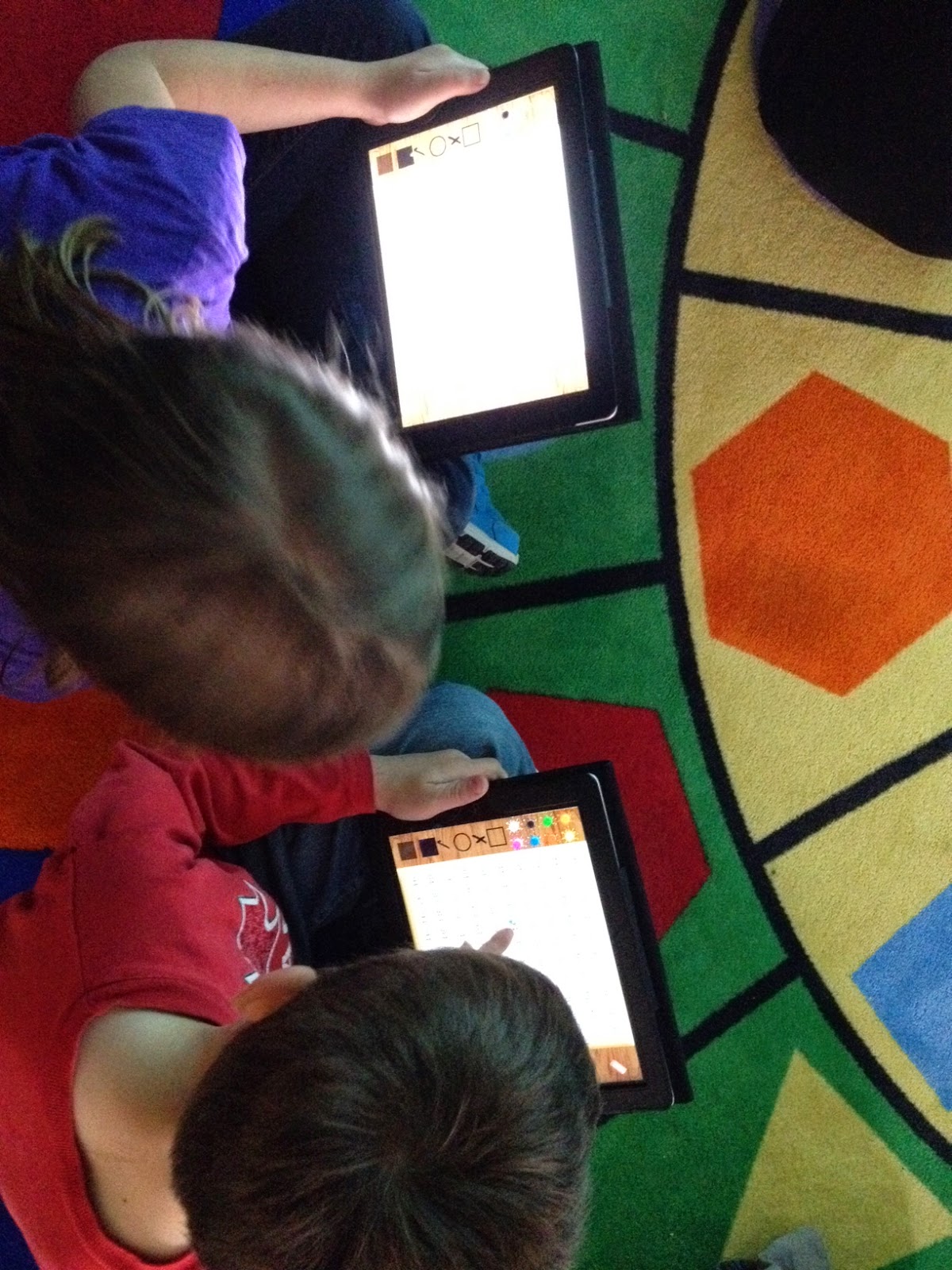My colleague Leah Obach and I had many discussions about coding, and how we could stretch ourselves to make it part of our early years program. We learned that the benefits can be numerous:
-develop critical thinking and problem-solving skills
-expose and engage all students to computer programming before stereotypes exist--it's too hard, computer science is for boys, "geeks/nerds", etc.
-kids aren't afraid and learn quickly at a young age
I still wasn't certain how to proceed until I read this Edutopia article, 15+ Ways of Teaching Every Student to Code (Even Without a Computer). It shared some tools for coding with young children that I was excited to try--Tynker and Kodable. Tynker is available online as well as an app (free and paid version). Kodable is available soley as an app, and it also has a free and paid version. So I installed both apps on my students' iPads and decided to give it a try yesterday. I didn't give a lot of introduction to my boys and girls, just explained that we were going to learn how to make animals, people, and objects do things on our devices. Instead of playing games, we were going to learn how to make things happen in games, and maybe someday make our own apps and games.
I decided to try Tynker first, and the students were excited to dive right in. The main problem with Tynker for kindergarten students is that it gives the directions in text format, and doesn't read them aloud. My students are early readers and managed to read some of the basic words, and I read the rest to them. Tynker uses Lego-like pieces that fit together to form a chain of commands that operate the character on the screen (such as walk, jump, repeat, etc). Despite the problem with reading everything independently, my students were very excited to use the Tynker app and were completely engaged for for 25 minutes. I provided support and suggestions as needed, but I really encouraged my young learners to figure things out through trial and error. I also suggested that they could work together if they were really stumped. In our first coding session, I saw some great problem-solving, logical thinking, and basic numeracy/literacy skills in action!
Tomorrow, we will experiment with Kodable, an app that uses a sequence of arrows to move a character through a course. Stay tuned as we compare these two apps for coding with our youngest learners!









